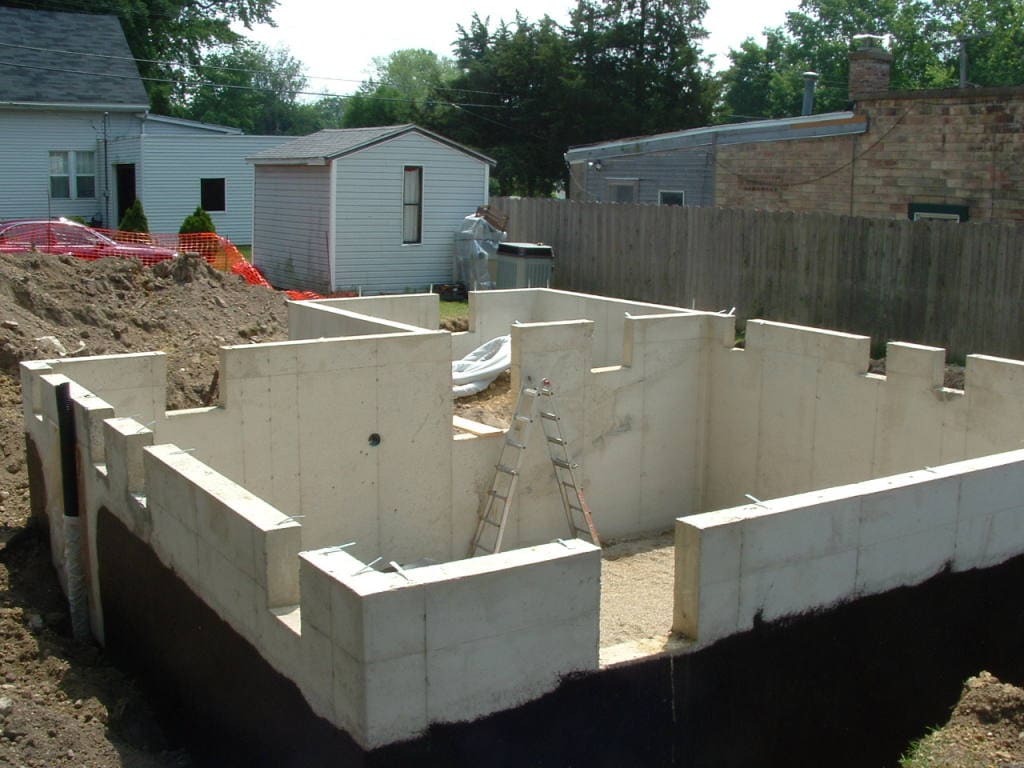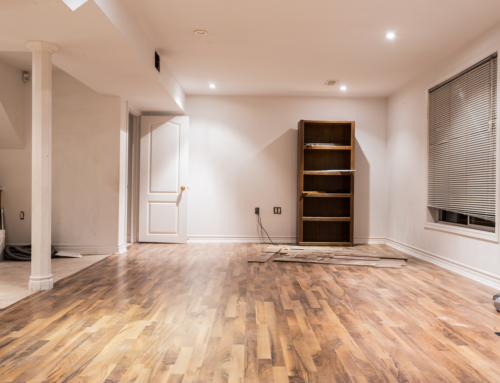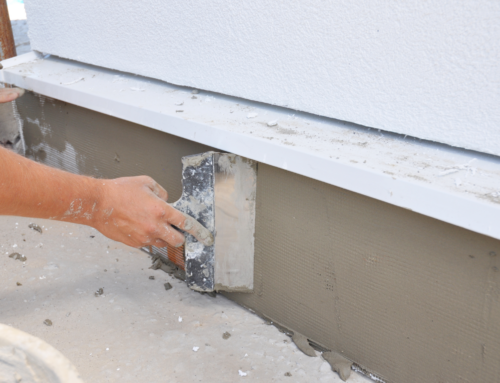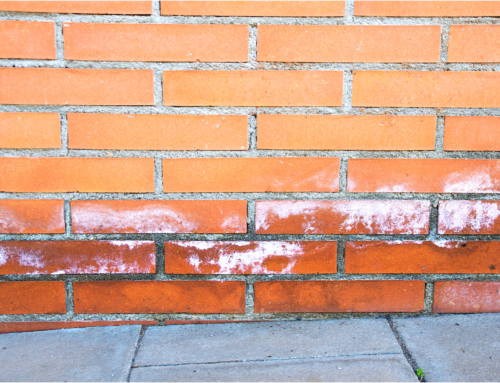Basement foundation problems usually occur in much older homes. Most homeowners are only able to detect the problem once there is a major problem. Those with older homes should always be aware of the various signs to look for when attempting to identify cracks in the basement.
Why do cracks in the basement foundation happen in the first place?
Houses get older and settle with time. This process causes unevenness. Cracks develop when there is excessive stress to the wall. Homes with minor cracks in the foundation are often caused by shrinkage. Some cracks are truly cosmetic in nature while others require immediate action. Everything from the location of the crack to the angle of the crack dictates whether or not any action should take place.
Understanding the severity of the crack in a foundation
The minor crack is classified by evidence of any movement under ½ inch. Any movement detected that is over one-half inches considered to be a foundation emergency. In general, step cracks located near windows and in the corner areas of a structure are not considered serious. Cracks that are long and horizontal located near a second mortar join are considered serious cracks. If there is a crack located directly in the center of the basement wall, the cracks definitely have to be repaired. If there are horizontal cracks combined with step or vertical ones, immediate repairs are needed.
Detecting basement foundation problems
Houses settling at a certain age is nothing new. The slight changes in the walls and minor cracks can be addressed in most cases. Recognizing the signs and symptoms of potential foundation crack problems is important for homeowners. One may notice cracks in the tiles of the flooring. Doors may start to suddenly jam or may begin to fail to latch. There may be noticeable cracks in the doorways or near the windows along the walls. Windows start to jam and can become hard to open or close properly. Sunken concrete or changes in the pool on a property could indicate that there is a much more serious problem that could endanger loved ones.
What are the most common basement foundation problems?
Basement flooding occurring both inside and outside of the home are common. The sump pump of the home may start to fail if it is handling more water problems. Cracks to the floors and the walls of the structure indicate a much more severe foundation issue. Leaks originating from the walls is another serious foundation sign to look for in the house. Humidity levels within the home can really change the conditions of the basement. Water damage issues like basic mold, rusting and rotting are additional signs to look for when assessing the severity of foundation problems within the home. Faint smells and additional odors in the basement as well as cosmetic changes like flaking paint are both signs of a potentially serious basement foundation cracking problem.
What are the options for fixing basement foundation problems?
Most structural problems can be addressed with minor structural improvements. In order to determine the first steps to resolving foundation problems, there must be an inspection performed. This helps determine what options are available for the property owner. Excavation, drainage, shifting and landscaping may be required to improve the structure’s foundation. Repairs can minor and only requiring simple patching. Major cracks found can mean that excavation and more serious repairs must be made. Most homeowners either require slabjacking or piering. Slabjacking requires pumping cemented into holes in the slabs to solidify the foundation. Piering is performed using steel posts and jacks to elevate the concrete if there are soil problems found.
Most damage gradually occurs over the years. Most problems aren’t detected until there is a leak or crack. When the foundation has noticeably shifted, a building engineer or other professional should be consulted immediately. Inspecting the basement regularly is essential for those with slightly older homes. Keeping the home safe and addressing vulnerabilities earlier on prevent more severe damage from happening and any potential safety issues.
http://blog.nahi.org/blog/bid/383736/Most-Common-House-Foundation-Problems-for-Home-Inspectors-to-Look-For







Leave A Comment